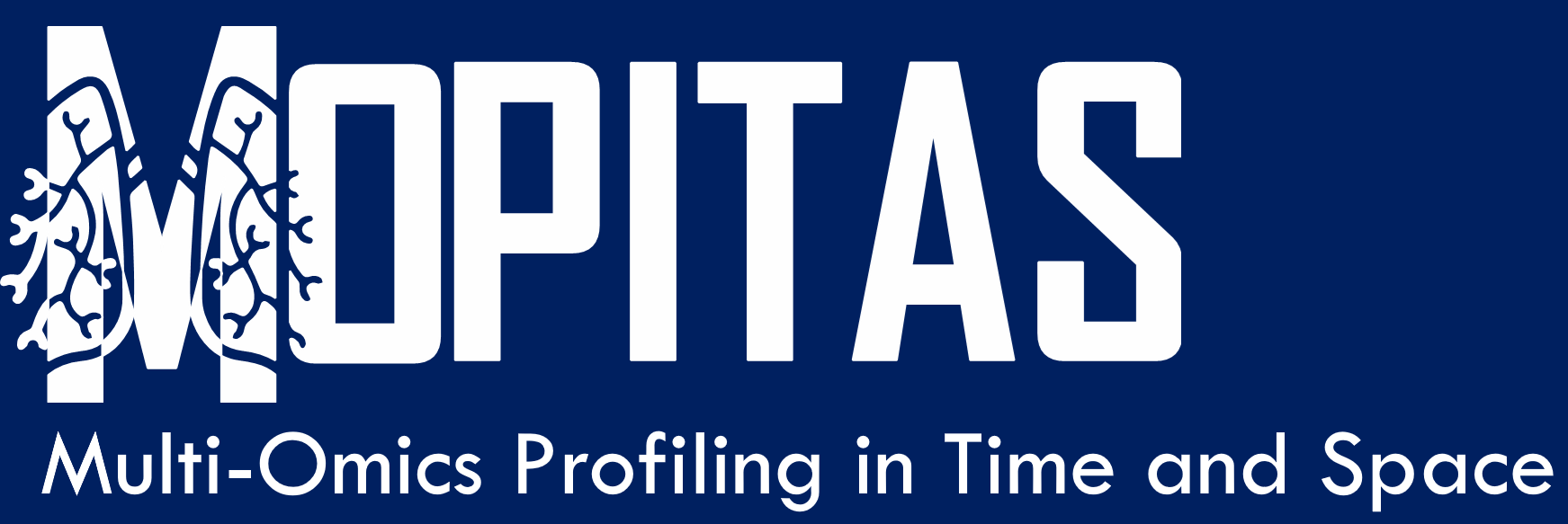Project Members

Nikolaj Flindt Holm Hansen
(Former group member)

The role of cells in the tissue is largely defined by their differential gene expression, which unfolds both in space and in time. Recent advances in Spatial Transcriptomics (ST) allow for assaying gene expression in tissues, however current workflows offer limited spatial resolution or do not yield genome-wide expression levels. Conversely, single-cell RNA sequencing (scRNA-seq) is a mature, cost-effective technology that captures more RNA transcripts and identifies individual cells adequately. With this transformative project, we seek to bridge the gap between ST and scRNA-seq by developing innovative data science solutions and deep neural networks that are capable of identifying the spatial relationship of the sequenced cell based on an ST map. In contrast to existing methods, which seek to complete the low transcriptomic resolution of ST by enriching it with a likely expression profile from the connected single cell experiment, we will actually place the single cells in their correct location in space, taking into account the neighborhood of the single cells in their tissue. This tremendous leap forward in accuracy and the account for sensitive neighborhood relationships coupled with novel integrative approach, we will be able to unravel spatially resolved genetic programs across different tissues, organisms, and developmental stages, in particular at the interface between different cell types in complex tissues. Furthermore, current methods are only working with well-categorized, stereotypical tissues like the brain but fail with complex tissues. Here, our innovative co-creation-based wet-lab approach will produce data targeted to feed the data science pipelines by sampling tissues of increasing complexity allowing transfer learning from simpler to complex tissues. Our algorithms will pave the way to truly single-cell resolved spatial transcriptomics for complex tissues.

Nikolaj Flindt Holm Hansen
(Former group member)